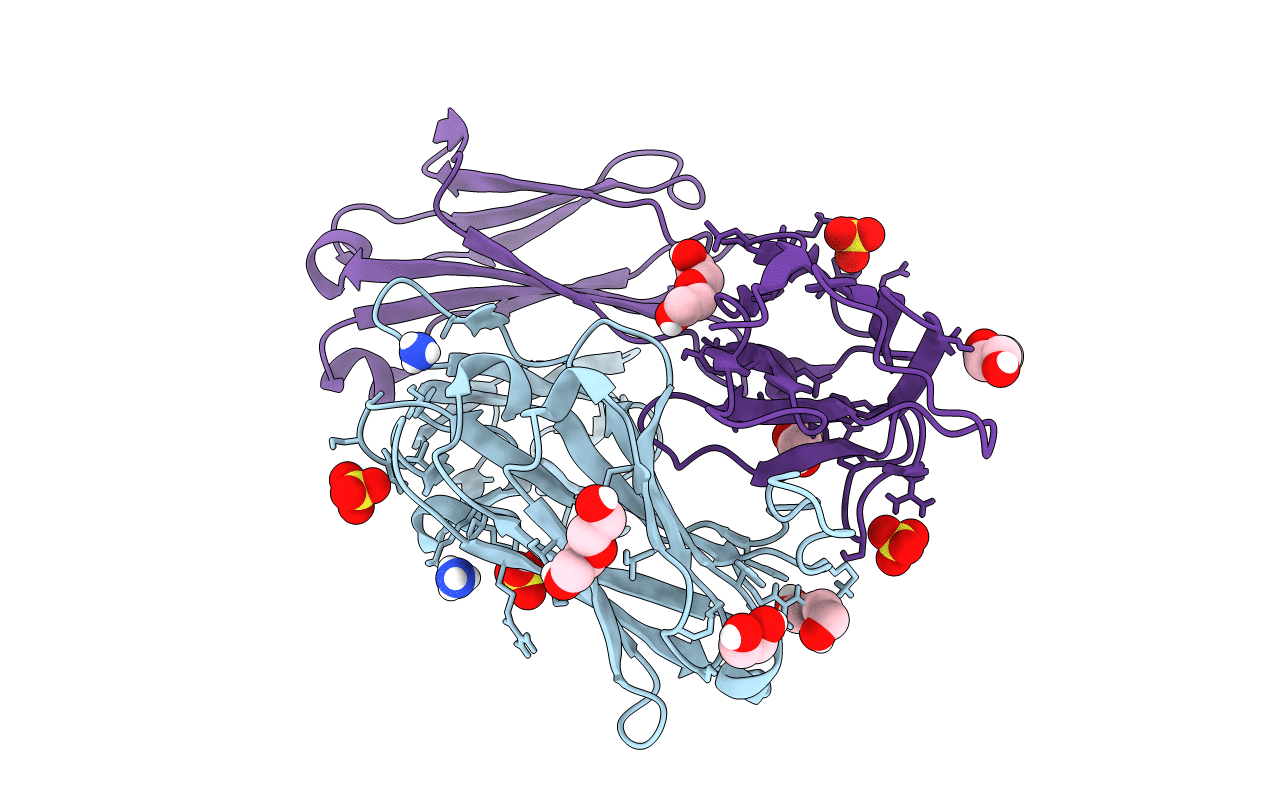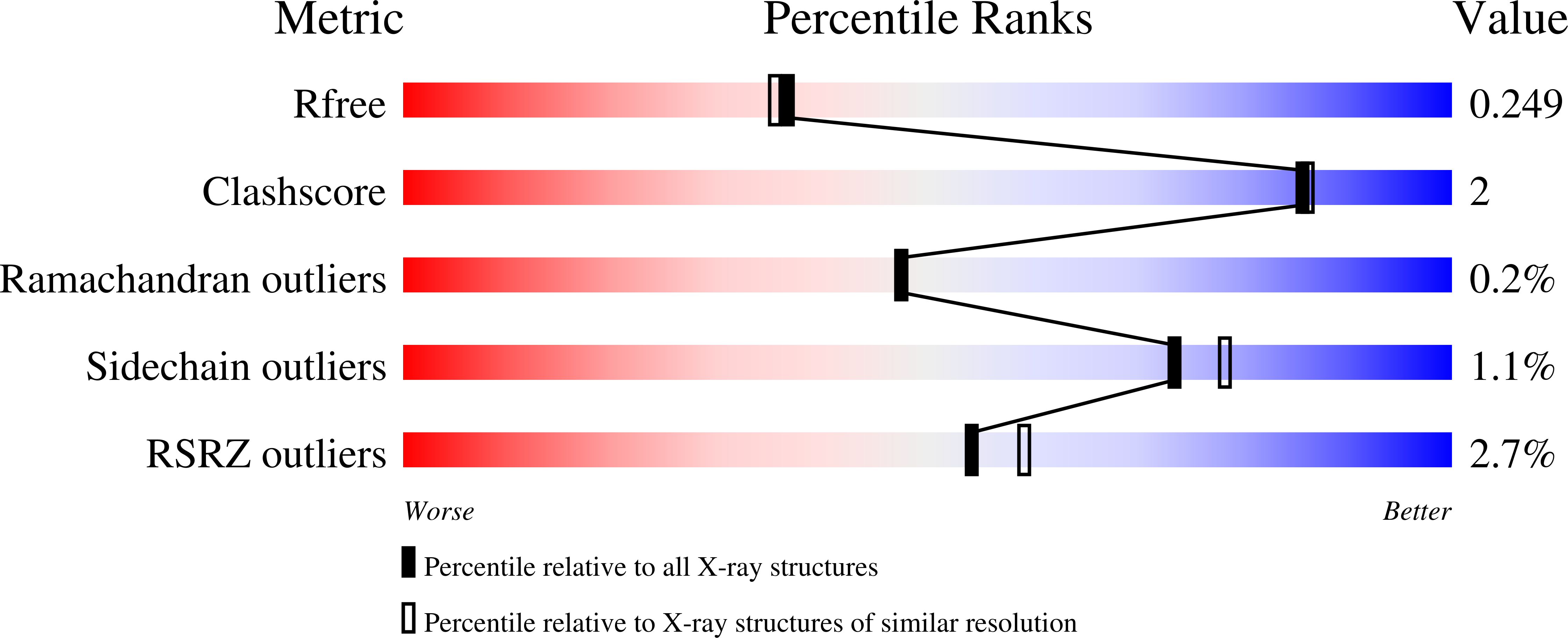
Deposition Date
2020-04-29
Release Date
2021-05-05
Last Version Date
2024-11-06
Entry Detail
PDB ID:
6WRP
Keywords:
Title:
Crystal Structure of PI3-E12 Fab, An Antibody Against Human Parainfluenza Virus Type III
Biological Source:
Source Organism:
Homo sapiens (Taxon ID: 9606)
Host Organism:
Method Details:
Experimental Method:
Resolution:
2.08 Å
R-Value Free:
0.24
R-Value Work:
0.19
R-Value Observed:
0.19
Space Group:
P 21 21 21


